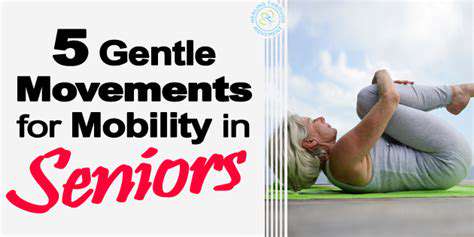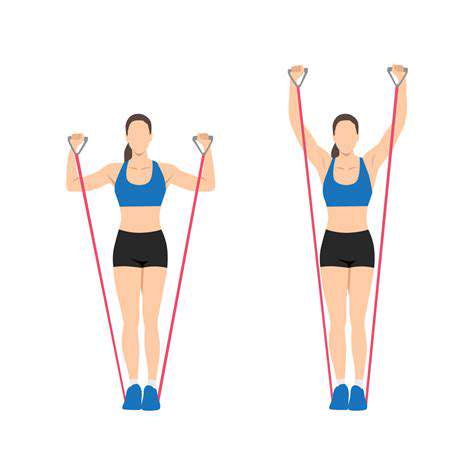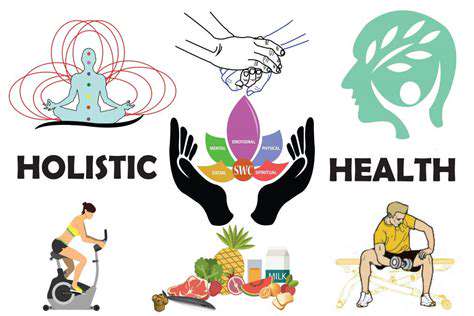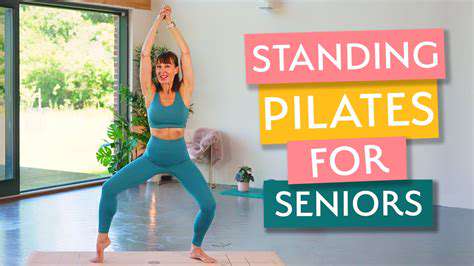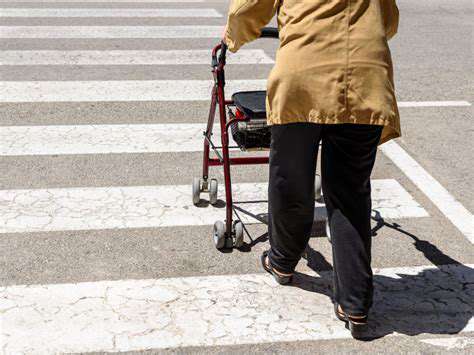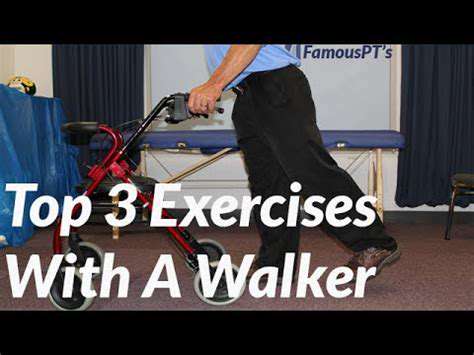Chair Exercises for Seniors with Knee Replacements: Gentle Movements
Introduction to Chair Exercises for Knee Replacement Patients
Getting Started
Chair exercises are a fantastic way to begin your recovery journey after knee replacement surgery. These exercises are designed to be low-impact, safe, and effective in improving your strength, flexibility, and range of motion. Starting with simple chair exercises can help you build confidence and gradually increase your activity level as your knee heals. It's crucial to listen to your body and consult with your physical therapist or doctor before starting any new exercise routine.
Improving Range of Motion
Maintaining a healthy range of motion in your knee is vital for your long-term recovery. Chair exercises can help you gently move your knee joint through its full range of motion. These exercises, such as seated leg lifts and gentle knee bends, help improve flexibility and reduce stiffness. Consistency is key; performing these exercises regularly will gradually restore your knee's natural movement.
Simple exercises like seated ankle circles and toe raises can also be incorporated into your routine to improve mobility in the surrounding joints and muscles, further enhancing your knee's overall range of motion. It's important to focus on controlled movements and avoid any pain.
Building Strength
Strengthening the muscles around your knee is essential for stability and preventing future complications. Chair exercises, such as seated hamstring curls and quadriceps contractions, can effectively target these muscles. These exercises, done correctly, can significantly boost your knee's strength and support, making daily activities easier and reducing your risk of falls or injuries.
Improving Balance
Post-surgery, maintaining balance is crucial for preventing falls and promoting confidence in your movements. Chair exercises offer a safe and controlled environment for improving your balance. Simple exercises like seated heel raises and standing up from a chair with support will enhance your body's proprioception and stability. Gradually increasing the difficulty of these exercises can help you build strength and balance over time.
Managing Pain and Swelling
Post-surgery, pain and swelling are common. Chair exercises can be extremely helpful in managing both. Gentle movements, like seated leg stretches and foot exercises, can promote blood circulation and reduce swelling. Remember to listen to your body and adjust the intensity of the exercises as needed. By incorporating these exercises into your routine, you can help manage pain and promote healing, enabling a smoother and faster recovery process. Be sure to consult your doctor or physical therapist for guidance on managing pain and swelling effectively.
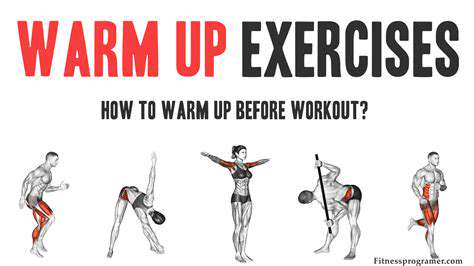
Strengthening Exercises for Improved Muscle Tone
Chair Exercises for Seniors with Knee Pain
Chair exercises are a fantastic way to improve muscle tone and flexibility for seniors with knee pain, offering a safe and effective alternative to high-impact workouts. These exercises are particularly beneficial as they minimize stress on the joints, allowing seniors to maintain strength and mobility without exacerbating knee pain. Proper form is crucial to avoid injury. Consult with a physical therapist or doctor to determine the best exercises and intensity levels for your individual needs.
Many chair exercises can be performed using household items like water bottles or resistance bands for added resistance. These additions can help increase the intensity of the workout and target specific muscle groups, promoting overall strength improvement. Consistency is key to experiencing the full benefits of chair exercises, making them a sustainable and valuable part of a senior's fitness routine.
Improving Balance and Stability
Maintaining balance and stability is essential for seniors to prevent falls and maintain independence. Chair exercises can be modified to include balance-enhancing components. Simple exercises like seated leg raises, heel-toe walks, and chair squats, performed with proper posture and control, can significantly improve balance and reduce the risk of falls. Practicing these movements regularly, within a safe environment, can help build confidence and coordination.
Incorporating balance exercises into your routine can significantly improve your ability to maintain equilibrium while standing and moving. This is crucial for seniors, as it directly contributes to preventing falls and maintaining independence. By focusing on balance-building exercises within your chair routine, you're actively working towards a more secure and confident posture.
Building Strength and Endurance
Chair exercises offer a fantastic way to build strength and endurance without putting undue stress on the joints. Exercises like seated rows, arm curls using resistance bands, and chair-based leg presses, performed with controlled movements, can effectively target various muscle groups. Regular participation in these exercises can improve overall strength and endurance, enabling seniors to perform daily tasks with greater ease and energy.
Building strength is crucial for seniors, as it enables them to perform everyday activities more easily. Chair exercises, specifically designed for seniors, cater to different fitness levels and allow for gradual progression. Consistency in these exercises will help to improve overall strength and endurance, ultimately enhancing quality of life.
Flexibility and Range of Motion
Maintaining flexibility and range of motion is vital for seniors to maintain their mobility and independence. Chair exercises, such as gentle stretches and controlled movements, can effectively improve flexibility and range of motion in various joints. These exercises can include seated hamstring stretches, torso twists, and shoulder rotations, all performed within the confines of a chair. These exercises are particularly helpful in easing joint stiffness and promoting better posture.
Improving flexibility is essential for seniors to maintain their independent lifestyle. The range of motion exercises within chair routines contribute to reducing stiffness and promoting joint health. Regular participation in these gentle stretches can greatly improve overall comfort and ease of movement.
Cool-down Exercises for Gradual Recovery
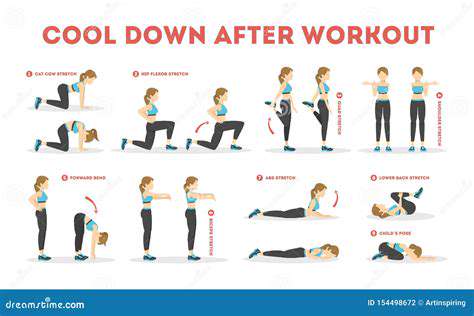
Cool-down Importance
Cool-down exercises are crucial for gradually reducing your heart rate and blood pressure after a workout or physical activity. They help prevent muscle soreness, improve blood circulation, and facilitate the removal of metabolic waste products from your muscles, reducing the risk of delayed-onset muscle soreness (DOMS). This process is vital for optimal recovery and preventing injuries.
Stretching for Muscle Recovery
Stretching is a cornerstone of any cool-down routine. Static stretching, holding a stretch for 15-30 seconds, helps improve flexibility and range of motion. It also promotes relaxation in the muscles, preventing stiffness and aiding in the recovery process after strenuous exercise. Proper stretching is essential to help your body recover and avoid potential injuries.
Cardiovascular Recovery
Gentle cardiovascular activities like brisk walking, light jogging, or cycling at a low intensity are important components of a cool-down. These activities help your heart rate return to its normal resting rate gradually. This gradual reduction in heart rate prevents a sudden drop in blood pressure, which can lead to dizziness or lightheadedness.
Post-Workout Hydration
Maintaining proper hydration is paramount during and after exercise. Drinking water or electrolyte drinks during your cool-down is crucial for replenishing fluids lost during physical exertion. This aids in the recovery process and prevents dehydration, which can have detrimental effects on your overall well-being. Dehydration can impair muscle function and increase the risk of injuries.
Joint Mobility Exercises
Incorporating joint mobility exercises into your cool-down routine is an excellent way to improve flexibility and reduce stiffness in your joints. These exercises involve moving each joint through its full range of motion in a slow and controlled manner. This can enhance flexibility, improve joint health, and reduce the risk of joint pain. These exercises are especially important for older adults or individuals with pre-existing joint conditions.
Breathing Techniques for Relaxation
Mindful breathing techniques, such as deep and slow inhalations and exhalations, promote relaxation and reduce stress. Deep breathing helps to calm the nervous system and further aid in the recovery process. This practice can also increase the efficiency of the oxygen intake and carbon dioxide removal, promoting a healthy recovery after exercise.
Cool-down Duration and Frequency
The duration of a cool-down should be approximately 5-10 minutes, depending on the intensity and duration of your workout. Consistent cool-down sessions after each workout are essential for optimal recovery. Regular cool-down routines contribute to reducing muscle soreness, improving flexibility, and preventing injuries, ultimately leading to better overall physical performance and well-being.
